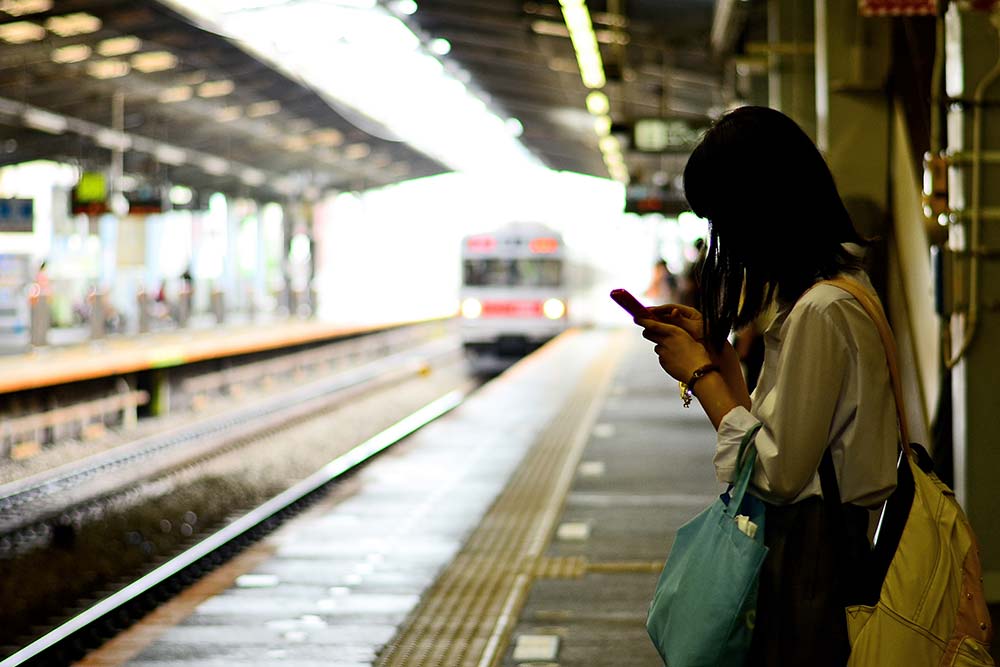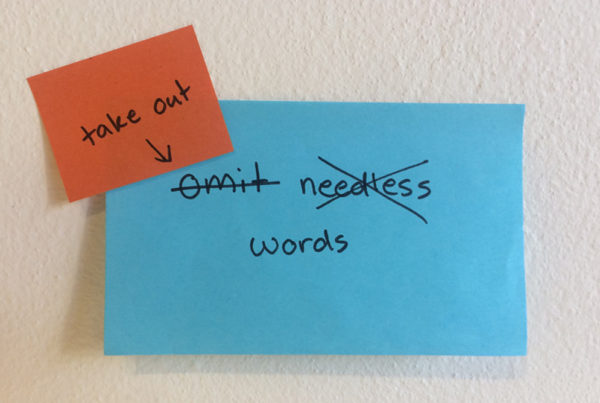
Image: Toshihiro Gamo.
If you’ve been working in public transport procurement for long enough, you’ve probably been nursing an inbox flooded with demands for better network coverage or wi-fi on trains and buses.
When commuters on trains enter underground tunnels, those pesky bars on their mobile reception tend to drop down to empty – an ever growing frustration in an increasingly digitally dependent world where people are always trying to stay connected on-the-go.
It’s a major problem that’s emerged as more people are habitually using their commuting time to check their e-mails, news services or social media platforms – but the coverage available is limited, resulting in many frustrated customers sitting idle in smartphone limbo for minutes at a time.
Governments across Australia have made headway into providing wi-fi services to their commuter patrons. Queensland has free public Wi-Fi available on the CityCat and QueenslandRail transport systems.
Sydney commuters in the CBD who are with Telstra have an attractive perk of being able to receive perfect coverage in the labyrinth of the underground City Circle network.
And now the Western Australian government is getting in on the act, as its Public Transport Authority has moved a step closer to providing free wi-fi on trains and buses.
The Colin Barnet government has begun a formal consultation process for the provision of internet services on buses, trains and stations.
The move will involve a trial that would run on 10 trains on all lines in the Transperth network, whose fleet includes 1,430 buses, two ferries, 56 three-car trains and 48 two-car trains.
Western Australian Minister for Transport Dean Nalder said a trial would involve trains and buses travelling through a wide range of suburbs plus the central Perth train stations and bus ports.
“We live in a highly connected community. We use online services to shop, bank and chat with our friends and families,” Mr Nalder said.
He said governments need to respond to the community’s preference for greater flexibility, quick access to information and easier transactions.
“This is part of our strategy to deliver provide a better customer service for passengers,” Mr Nalder said.
He said a number of companies had approached the government, including some who offered to provide services for free, in exchange for advertising revenue.
It’s a good time for the government to act, as Australians’ use of wi-fi hotspots has increased six-fold since 2009.
According to the government, the length of the trial has yet to be determined, and the tender process will close on 1st September, 2015.





